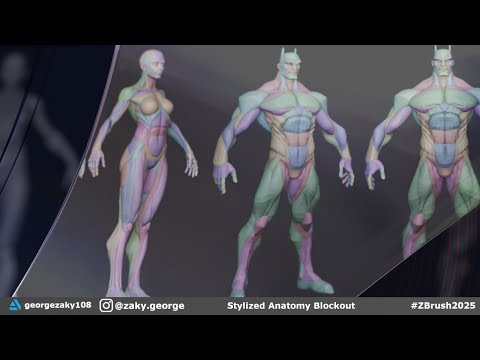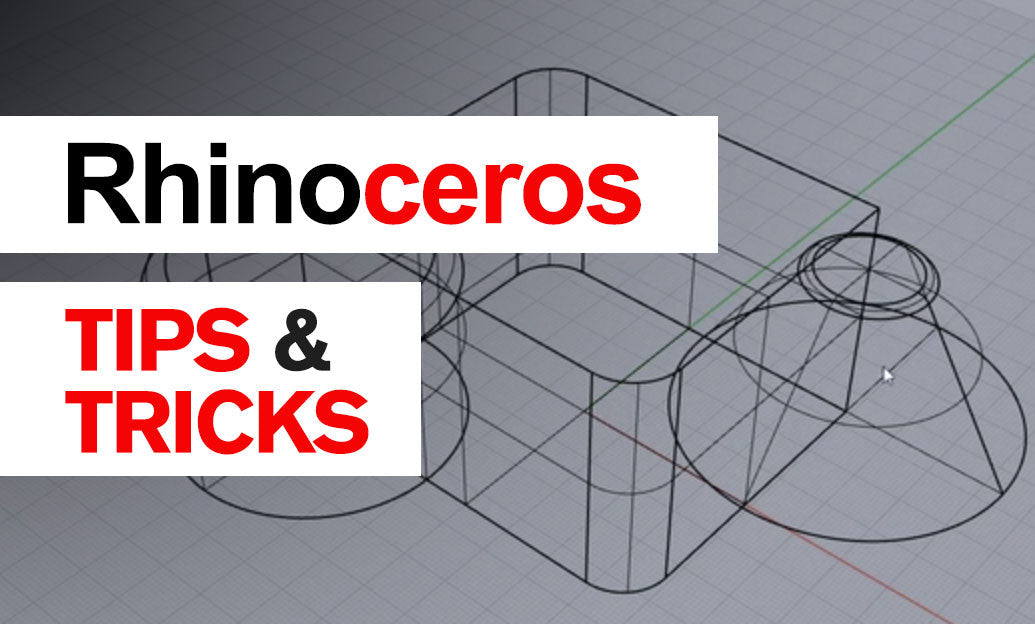Your Cart is Empty
Customer Testimonials
-
"Great customer service. The folks at Novedge were super helpful in navigating a somewhat complicated order including software upgrades and serial numbers in various stages of inactivity. They were friendly and helpful throughout the process.."
Ruben Ruckmark
"Quick & very helpful. We have been using Novedge for years and are very happy with their quick service when we need to make a purchase and excellent support resolving any issues."
Will Woodson
"Scott is the best. He reminds me about subscriptions dates, guides me in the correct direction for updates. He always responds promptly to me. He is literally the reason I continue to work with Novedge and will do so in the future."
Edward Mchugh
"Calvin Lok is “the man”. After my purchase of Sketchup 2021, he called me and provided step-by-step instructions to ease me through difficulties I was having with the setup of my new software."
Mike Borzage
V-Ray Tip: Enhancing 3D Renders with V-Ray Displacement Maps: Tips for Realistic Detail and Texture
October 29, 2024 2 min read

Achieving realistic detail and texture in your 3D renders can set your work apart. One of the most effective techniques to enhance surface detail without adding extra geometry is through V-Ray's Displacement Maps. This powerful feature allows you to simulate complex surface textures by altering the actual geometry at render time, providing depth and realism to any scene.
To make the most of displacement maps in V-Ray, consider the following tips:
- Understand Displacement Types: V-Ray offers various forms of displacement, including 2D and 3D displacement. While 2D displacement is faster and uses less memory, 3D displacement offers more detail and accuracy. Choose the type that best fits your project needs.
- Use the Correct Map: Ensure you use high-quality grayscale or 32-bit float maps for your displacement. These maps define the height and depth of the displacement with better precision.
- Optimize Subdivision Settings: Displacement can significantly increase render times if not managed correctly. Adjust the subdivision settings in the V-Ray displacement modifier to balance between detail and efficiency. Start with lower subdivision levels and gradually increase them until you achieve the desired detail.
- Apply Vector Displacement: For even more complex surface details, consider using vector displacement maps. These allow for multidirectional displacement, resulting in more intricate patterns and forms.
- Watch for UV Mapping: Ensure your models have proper UV mapping to avoid artifacts and stretching. Correctly mapped UVs ensure that the displacement map is accurately applied to the model surface.
- Leverage the Displacement Modifier: Use V-Ray's displacement modifier to have more control over the displacement effect on your objects. This tool provides additional parameters to fine-tune the displacement effect to your liking.
- Experiment with Tessellation: V-Ray allows you to control tessellation through the ‘Keep Continuity’ option. This helps maintain a smooth transition between displaced surfaces, improving the visual quality of your renders.
- Balance Between Bump and Displacement: For surfaces that require both high detail and efficient rendering, consider using bump mapping in conjunction with displacement mapping. Bump mapping is less resource-intensive and can complement displacement by adding fine detail without the additional geometry.
By applying these techniques, you can effectively use V-Ray's displacement maps to create rich, detailed surfaces that enhance the realism of your 3D scenes. For more insights and tools to elevate your rendering skills, explore resources available through NOVEDGE.
You can find all the V-Ray products on the NOVEDGE web site at this page.
Also in Design News

Stylized Anatomy Blockouts with George Zaky - Zbrush 2025: Day 10
August 31, 2025 1 min read
Read More
Rhino 3D Tip: Understanding Surface and Solid Modeling in Rhino for Enhanced Workflow Efficiency
August 30, 2025 3 min read
Read MoreSubscribe
Sign up to get the latest on sales, new releases and more …



